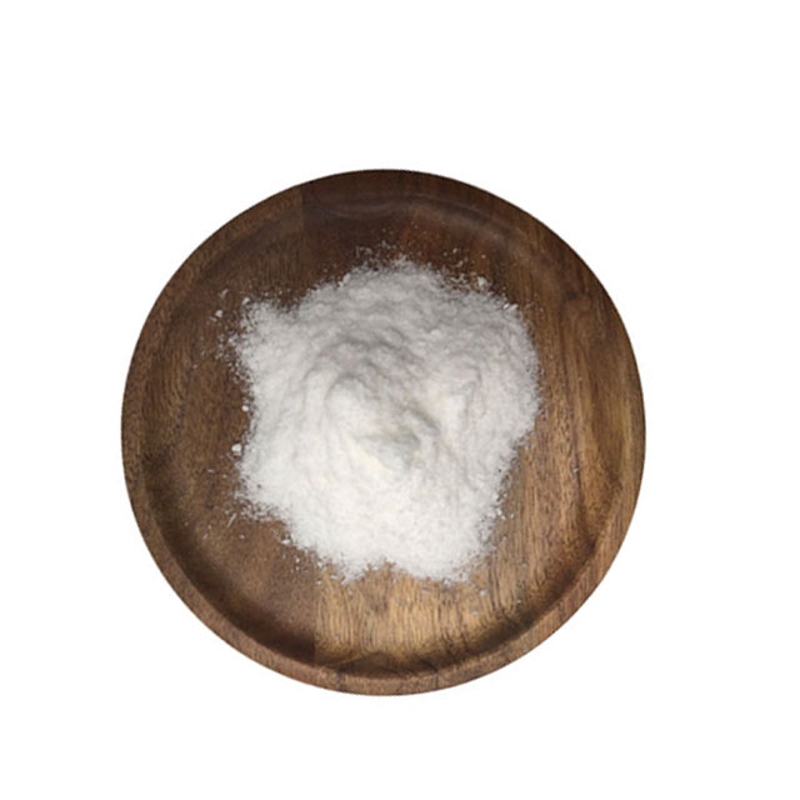-
Categories
-
Pharmaceutical Intermediates
-
Active Pharmaceutical Ingredients
-
Food Additives
- Industrial Coatings
- Agrochemicals
- Dyes and Pigments
- Surfactant
- Flavors and Fragrances
- Chemical Reagents
- Catalyst and Auxiliary
- Natural Products
- Inorganic Chemistry
-
Organic Chemistry
-
Biochemical Engineering
- Analytical Chemistry
- Cosmetic Ingredient
-
Pharmaceutical Intermediates
Promotion
ECHEMI Mall
Wholesale
Weekly Price
Exhibition
News
-
Trade Service
Synthetic Routes of Pitch, Coal Tar, and High-Temperature Materials in the Chemical Industry
The chemical industry is constantly evolving, and with it, the demand for new and improved materials.
One area of focus in the industry is the synthesis of pitch, coal tar, and high-temperature materials.
These materials are used in a wide range of applications, from the production of plastics and fibers to the production of chemicals and fuels.
Pitch is a high-molecular-weight, amorphous, solid form of carbon that is produced by the carbonization of organic materials such as wood tar, coal tar, or petroleum.
Pitch has a wide range of applications, including as a binder in asphalt, a fuel in steam boilers, and as a raw material in the production of chemicals and fibers.
One of the most common synthetic routes for pitch is through the carbonization of organic materials.
This process involves heating the organic material to high temperatures in the absence of oxygen, causing the organic molecules to break down and rearranged into a solid form of carbon.
The resulting pitch can be further processed to remove impurities and improve its properties.
Another route to pitch is through the decomposition of cellulose, which is the main structural component of plant cell walls.
This process involves treating cellulose with an acid or an enzyme to break down the molecule into its component sugars, which are then converted into pitch through a series of chemical reactions.
Coal tar is a byproduct of the distillation of coal, and it is a complex mixture of organic compounds that includes a variety of aromatic hydrocarbons, such as benzene, toluene, and xylene.
Coal tar has a wide range of applications, including as a raw material in the production of chemicals, fuels, and pharmaceuticals.
One of the most common synthetic routes for coal tar is through the destructive distillation of coal.
This process involves heating coal in the absence of oxygen, causing the coal to decompose and release the volatile components, which are then collected and distilled to produce the coal tar.
Another route to coal tar is through the gasification of coal, which involves heating coal in a limited oxygen environment to produce a gas that can be used as a fuel or converted into chemicals.
This process also results in the production of coal tar, which can be further processed to remove impurities and improve its properties.
High-Temperature Materials
High-temperature materials are materials that can withstand high temperatures without undergoing significant degradation or loss of properties.
These materials have a wide range of applications, including in the production of chemicals, fuels, and power generation.
One of the most commonly used high-temperature materials is graphite, which is a form of carbon that is characterized by its high thermal conductivity and high melting point.
Graphite is used in a variety of applications, including as a heat exchanger in nuclear reactors, as a lubricant, and as a raw material in the production of chemicals and fibers.
Another high-temperature material is ceramic materials, which are inorganic materials that are characterized by their high melting points and good thermal conductivity.
Ceramic materials are used in a wide range of applications, including in the production of abrasives, refractories, and catalysts.
Conclusion
Pitch, coal tar, and high-temperature materials are important materials in the chemical industry, with a wide range of applications.
These materials can be synthesized through a variety of methods, including the carbonization of organic materials, the decomposition of cellulose, and the gasification of coal.
The resulting materials can be further processed to remove impurities and improve their properties, making them suitable for a wide range of applications.
As the demand for new and improved materials continues to grow, the synthesis of pitch, coal tar, and high-temperature







